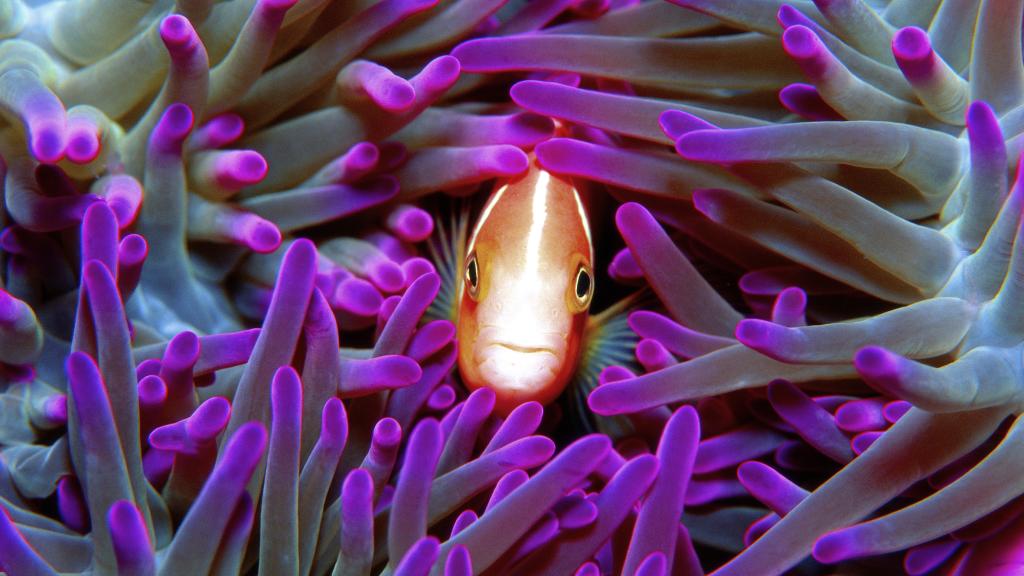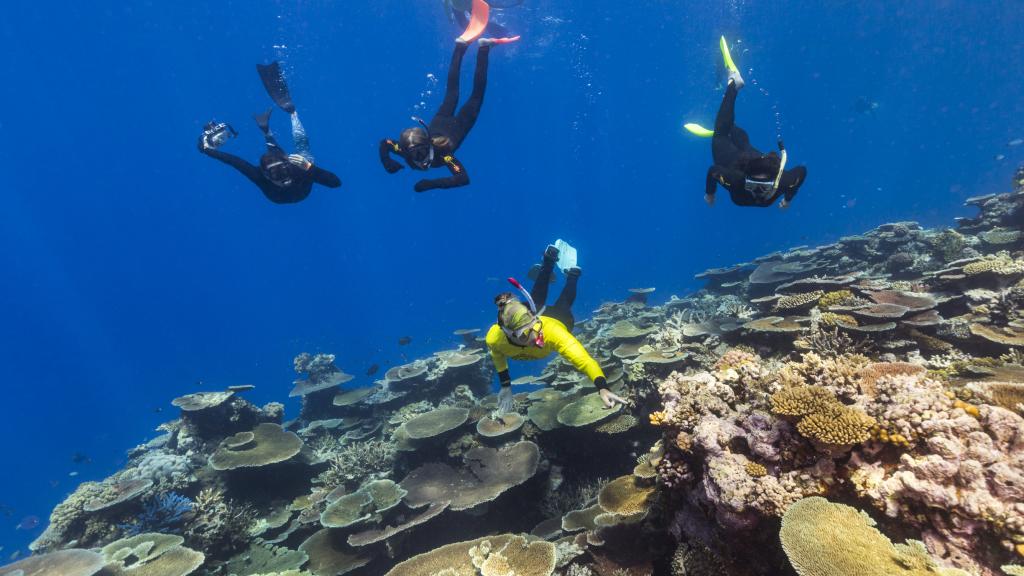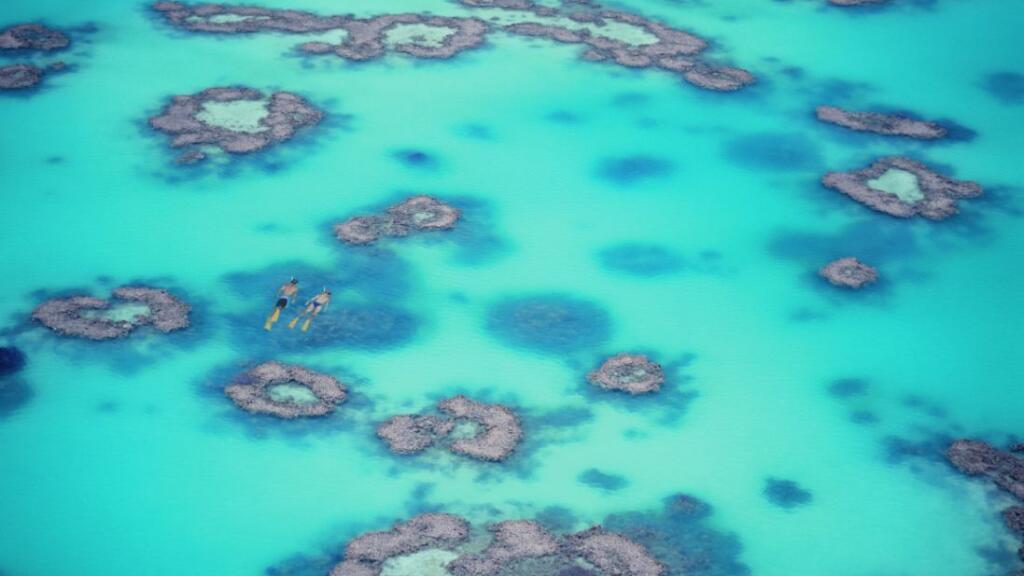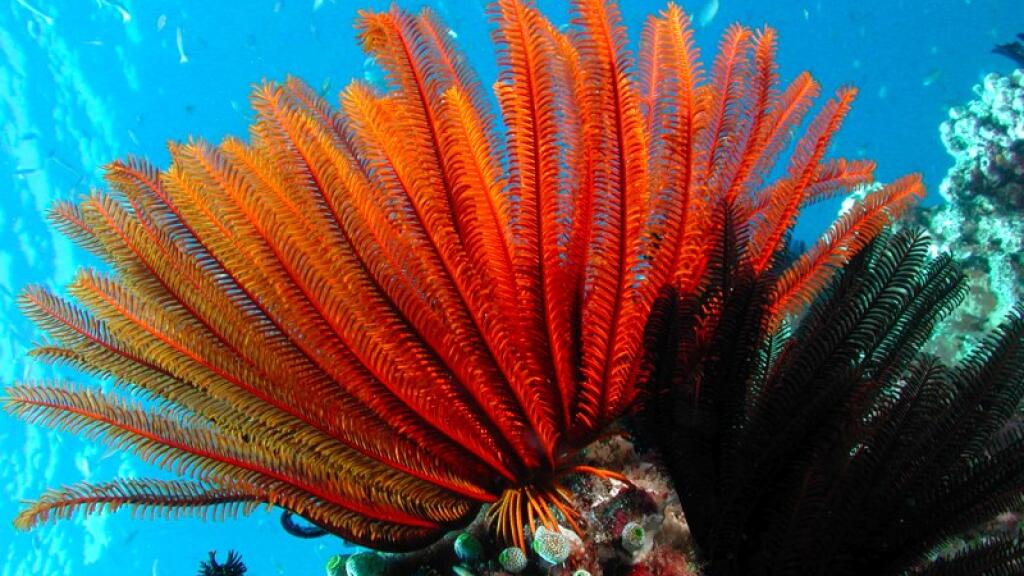Information About the Great Barrier Reef

Coral reefs are formed by the hard limestone skeletons of millions of tiny polyps as they die. Layers build up to form coral rock structures that become a community for a wide variety of sea creatures who form remarkable and colourful relationships. Growing in shallow warm water, coral reefs can't survive below 20 degrees Celsius. The most famous coral reef in the world, the Great Barrier Reef, stretches over 2000 km off the northern Queensland coast of Australia.
What is coral?
Belonging to the phylum Coelenterata, coral is made up of tiny polyps which secrete calcium carbonate creating a limestone skeleton which protects the soft base, stomach, mouth opening and tentacles. The polyps remain retracted within the skeleton but expand at night to catch microscopic plankton with their tentacles.
There are approximately 9500 species of phylum Coelenterata including jellyfish and sea anemones which share similar characteristics to coral. Coral polyps have an amazing symbiotic relationship with zooxanthellae algae providing a suitable environment for the algae to survive. In return, the algae use sunlight to create sugars giving the polyp energy in a process known as photosynthesis. The algae also contribute to the stunning colours of the coral by combining its chlorophyll with fluorescent colour pigments.

What is Coral Spawning?
Coral reproduction has a number of forms thanks to each polyp possessing both male and female sexual organs. As such, coral reproduces with both sexual and asexual reproduction. Some corals fertilise and incubate eggs internally however many corals use a process called 'spawning' where all the coral in a certain region will release eggs and sperm on the same night. This event is controlled by the phases of the moon and is an amazing display for those lucky enough to catch it.
The larva that are created through this process are known as 'planula' and drift for a few days on the ocean's surface before settling to the seabed and attaching to a solid. The young then build structure by secreting calcium carbonate which hardens into the skeleton within which the polyps live.

What are the enemies of coral?
The biggest threat to coral is the Crown of Thorns starfish which surrounds a structure and eats it alive by dissolving it with the digestive enzymes of its stomach. However, coral can also be affected by unfavourable temperatures, variations in sea levels and overexposure to the sun resulting in radiation. Water run-off from the mainland containing harmful chemicals and fertilizers can also damage the reef ecosystem.

What other marine life inhabits the reef?
The Great Barrier Reef is renowned for the amazing variety of marine life that exists within its waters including 1500 types of fish and 4000 species of shell fish. You'll also find manta rays, sea urchins, sponges, worms, sea anemones, sea cucumbers, sea stars, green, hawksbill and loggerhead turtles.
